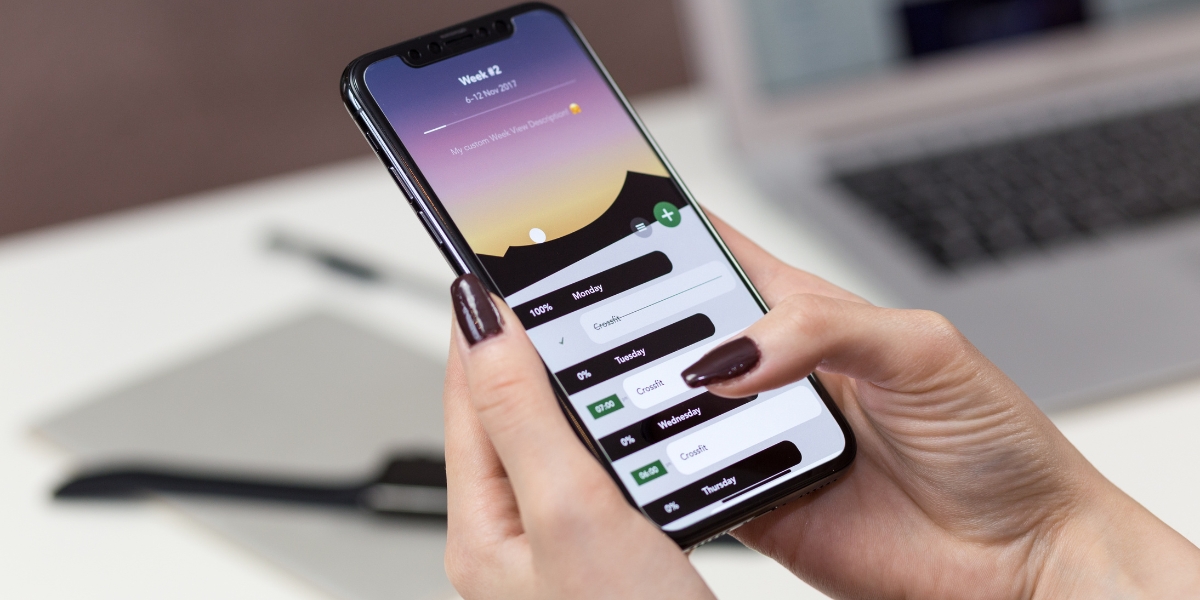Have you ever committed to losing weight, downloaded a health app, and then quit after a few days?
You’re not alone, and you’re not to blame.
In a world saturated with digital innovations, countless apps and services are designed to support healthier living. Yet changing health behavior remains difficult. It requires not only adopting new habits and exercising self-discipline but also navigating environmental complexities. That’s why behavioral science has become such an essential field in healthcare. From smoking cessation to diabetes management, public health programs have long used behavioral principles. It helps us understand not just what people do, but why they do (or don’t do) it.
So, is behavioral science the missing ingredient? In this blog, we explore how incorporating behavioral thinking into UX research can lead to more realistic, supportive digital health solutions.
Why Behavioral Insights Matters in Health UX
Health behavior is especially hard to change because it’s rarely just a matter of logic or knowledge. People know they should exercise, eat more vegetables, and sleep better. But with real life filled with competing priorities, stress, emotional triggers, and inconsistent routines, good intentions can often fall apart. Additionally, creating new habits means breaking bad ones first, which often requires more than just motivation.
Imagine designing an exercise reminder feature. A 9PM reminder might seem helpful, but not everyone has a quiet evening routine. Some people are putting kids to bed, while others are still catching up on work. For users with hectic evenings, a static reminder could easily be ignored or cause frustration. In these cases, adaptive reminders that learn from usage patterns or allow users to set their own quiet time may offer better support.

This highlights why understanding users’ daily lives, motivations, and constraints is crucial before deciding on features. It’s also a reminder that we should segment users not just by demographics, but by what drives their behavior. Designing with behavioral segments in mind enables more flexible and realistic solutions that reflect people’s varied starting points. Behavioral science helps us navigate this complexity by uncovering the deeper patterns that shape behavior.
Case Example: Smoking Cessation App
Let’s say you’re designing a smoking cessation app for office workers. Before building any features, the first step is running a behavioral diagnosis:
- What makes quitting hard?
- What support structures already exist?
- When do cravings typically occur?
- What emotional or social triggers are involved?
Barriers might include:
- Habit loops (smoking after coffee)
- Peer influence (colleagues who smoke)
- Emotional triggers (stress, boredom)
- Strong identity as a smoker
Potential enablers might include:
- Health goals
- Social support
- Past success with smoke reduction
- Workplace policy
Barriers might include:
- Habit loops (smoking after coffee)
- Peer influence (colleagues who smoke)
- Emotional triggers (stress, boredom)
- Strong identity as a smoker
Potential enablers might include:
- Health goals
- Social support
- Past success with smoke reduction
- Workplace policy
In some cases, such as managing stress, a digital tool can be genuinely helpful. For example, features like journaling prompts, real-time nudges, or incentives during moments of craving can provide immediate reinforcement or distraction. For smoking cessation, such tools may support users in resisting the urge to smoke at critical times.

But this is where understanding cultural context becomes critical. A digital tool that works in one country might fail in another. In Japan, for instance, smoking often functions as a form of social interaction. At many workplaces (though less now), stepping out for a cigarette break is a way to bond with colleagues, just like going out for drinks after work. When smoking is tied to these social routines, individual motivation is often insufficient, as people frequently prioritize group affiliation over personal health goals.
In such cases, a policy-level change such as removing designated smoking areas or introducing smoke-free workplace policies may have a much stronger impact.

Ultimately, the app should not be seen as a standalone solution, but as one piece of a broader intervention strategy. Digital tools can support, motivate, and reinforce behavior change but only when designed with an understanding of the full ecosystem influencing that behavior.
Designing for Long-term Engagement
Health apps aren’t a one-time fix. They are long-term companions in a user’s journey. Think of them like daily supplements or skincare routines: they require consistency in a person’s life to show results. The same goes for apps. The goal isn’t just a single successful interaction, but sustained behavior change over time.
Because of this, traditional usability testing alone may not be enough. It’s important to evaluate not only whether users can complete tasks, but also whether the design supports habit formation, retention, and long-term engagement. To support this, we utilize a range of qualitative and longitudinal methods such as:
- Contextual interviews: Observe users in their natural environments to understand the real-life factors that influence health-related behavior.
- Journey mapping: Visualize the steps, emotions, and challenges users face over time to identify where support is most needed.
- Diary studies: Have participants record daily thoughts, emotions, usage patterns to uncover long-term engagement and barriers to habit formation.
- Usability testing (extended): Conduct usability sessions with take-home tasks or pre-test assignments to assess real-world use and retention.
Conclusion
Behavioral science reminds us that successful health apps must go beyond usability. Success is defined not by downloads or clicks, but by lasting habits and sustained outcomes.
UX research has the power to make that shift possible. By understanding the context of health decisions and the complex realities behind them, we can design tools that people want to use consistently.
At Uism, we provide expert, bilingual research support across the entire healthcare spectrum in Japan. Our human-centered approach is supported by our extensive recruitment network, enabling us to connect you with the right users: from general consumers to patients with specific conditions and specialized healthcare professionals.
- For digital health and wellness apps, we conduct in-depth usability testing and behavioral research to uncover insights that drive long-term user engagement.
- For medical devices, we conduct critical Human Factors Engineering (HFE) research. This includes planning and executing formative and summative usability tests, and delivering detailed, data-driven reports that inform your design process and strengthen your submission package for regulatory bodies.
To learn more about HFE, check out the blog below:
*Reference:
- Does Nudge Theory Still Work? – Insights from BBC Future
- Cullum J, O’Grady M, Tennen H. Affiliation Goals and Health Behaviors. Soc Personal Psychol Compass. 2011 Oct;5(10):694-705. doi: 10.1111/j.1751-9004.2011.00376.x. PMID: 22140401; PMCID: PMC3225964.
- Morrison, Leanne. (2015). Theory-based strategies for enhancing the impact and usage of digital health behaviour change interventions: A review. Digital Health. 1. 10.1177/2055207615595335.
- Nahum-Shani I, Smith SN, Spring BJ, Collins LM, Witkiewitz K, Tewari A, Murphy SA. Just-in-Time Adaptive Interventions (JITAIs) in Mobile Health: Key Components and Design Principles for Ongoing Health Behavior Support. Ann Behav Med. 2018 May 18;52(6):446-462. doi: 10.1007/s12160-016-9830-8. PMID: 27663578; PMCID: PMC5364076.



